Dairy-Free Recipes for Athletes to Maximize Performance Naturally

Introduction: Why Athletes Are Ditching Dairy
Athletic performance hinges on what goes into the body as much as the time spent training. More athletes today are turning toward clean, performance-enhancing nutrition strategies—one of the most popular being dairy-free diets. Whether it’s to avoid lactose intolerance, reduce inflammation, or enhance digestion, the demand for dairy-free recipes for athletes has skyrocketed.
But this isn’t just another fad. Professional runners, bodybuilders, and endurance athletes are discovering that cutting dairy can actually improve recovery times, boost energy levels, and optimize gut health. What used to be a niche dietary approach has now become a mainstream movement in athletic nutrition.
This article is a comprehensive guide to dairy-free recipes for athletes, helping you understand why it’s beneficial, how it fits into high-performance nutrition, and how to make the most of it without sacrificing taste or protein. If you’re seeking special diet recipes for athletes that support muscle repair, endurance, and strength—without dairy—you’re in the right place.
Let’s dive into what makes dairy-free diets so compelling for active individuals and high-level performers.

Understanding Dairy-Free Nutrition for Athletes
What Does “Dairy-Free” Really Mean?
Going dairy-free means eliminating all products derived from animal milk—this includes not only milk and cheese but also yogurt, butter, cream, whey, and casein (which are commonly found in protein supplements). In a standard Western diet, these items are significant sources of calcium, protein, and certain vitamins. So when athletes cut them out, they must be strategic in replacing those nutrients through other whole food or plant-based sources.
Dairy-free recipes for athletes often incorporate alternatives like almond, soy, oat, or coconut milk, along with dairy-free cheeses made from cashews or tofu. For protein, they lean into legumes, seeds, nuts, and plant-based protein powders that support muscle synthesis and repair.
Is Dairy-Free the Same as Vegan?
Not necessarily. While vegan diets eliminate all animal products, dairy-free diets are specifically targeted at excluding dairy only. An athlete might still eat meat, eggs, and fish while avoiding milk-based foods, particularly if they’re dealing with lactose intolerance or inflammatory responses linked to dairy consumption.
Many athletes find that switching to dairy-free meal plans can help address common issues like bloating, acne, sluggishness, and joint pain—all of which can impede performance. It’s no wonder that some Olympic athletes and MMA fighters swear by it.

Top Benefits of Dairy-Free Recipes for Athletes
1. Enhanced Digestive Health and Gut Comfort
For athletes who struggle with lactose intolerance or dairy sensitivities, removing dairy can dramatically improve digestion. Instead of dealing with bloating or gas post-meal, their bodies can focus on nutrient absorption and recovery.
By replacing dairy with gut-friendly alternatives such as coconut yogurt with probiotics or plant-based smoothies, athletes can improve microbiome health, reduce inflammation, and maintain a stronger immune system.
2. Reduced Inflammation and Faster Recovery
Inflammation is a natural byproduct of intense training. But chronic inflammation—exacerbated by dairy in some individuals—can slow down recovery and lead to overuse injuries. By removing dairy, athletes often notice reduced joint pain and quicker muscle recovery, especially when dairy is replaced with anti-inflammatory ingredients like turmeric, ginger, and omega-rich nuts and seeds.

3. Improved Respiratory Performance
Some athletes report that cutting dairy helps improve respiratory function. This is especially crucial for runners and cyclists. Dairy is known to increase mucus production in some people, and going dairy-free can lead to easier breathing during endurance activities.
“Great performance starts in the kitchen — and Dairy-Free Recipes for Athletes are the fuel behind every champion.”
— Inspired by the mindset of elite trainers
4. Cleaner Energy and Mental Clarity
Because dairy-free recipes for athletes typically emphasize whole foods, fresh produce, lean proteins, and nutrient-dense alternatives, they support steady energy levels without the spikes and crashes associated with high-sugar, processed dairy products.
This means better focus during training, sharper mental agility in competition, and more stable mood throughout the day.
5. Weight Management and Lean Muscle Support
Athletes seeking to cut weight without losing strength often find success with dairy-free diets. Many dairy alternatives are lower in calories and fat, and they tend to support a cleaner, leaner physique. Combined with resistance training and sufficient protein intake from non-dairy sources, athletes can maintain or even gain lean muscle mass efficiently.

Why Special Diet Recipes Are a Game-Changer for Athletes
Athletes aren’t just regular eaters with high appetites—they’re high-performance machines that need fuel tailored to specific goals. Whether it’s building muscle, enhancing endurance, or cutting weight, nutrition needs vary from sport to sport and body to body. That’s where special diet recipes for athletes come into play.
These diets often go beyond generic “healthy eating” guidelines and are personalized to accommodate allergies, sensitivities, metabolic rates, training loads, and even competition schedules. Among these, dairy-free options have emerged as a powerhouse for both amateur and professional athletes.

Types of Special Diets Athletes Follow
-
Dairy-Free: Avoids all milk-derived products. Reduces bloating, inflammation, and potential respiratory issues.
-
Gluten-Free: Especially for athletes with celiac disease or gluten sensitivity. Helps prevent gut discomfort and fatigue.
-
Plant-Based/Vegan: Emphasizes whole, unprocessed foods. Great for reducing inflammation and enhancing cardiovascular health.
-
Low-Carb/High-Protein: Ideal for strength athletes during cutting phases or those needing weight-class precision.
-
Paleo/Keto: Emphasizes whole foods and healthy fats. Used to promote fat loss while maintaining strength and energy.
When these diets are combined—for example, a dairy-free and high-protein meal plan—they become powerful tools for optimizing performance while supporting recovery and long-term health.
How Dairy-Free Fits into the Bigger Picture
Dairy-free eating is often one component of a broader dietary strategy. In fact, many special diet recipes for athletes remove dairy to reduce inflammation, improve digestion, and enhance nutrient absorption. This makes it easier for the body to recover from stress and perform at its peak.
“Your body is your temple. Nourish it with clean, powerful choices like Dairy-Free Recipes for Athletes.”
— Echoing the wisdom of ancient health philosophies
Dairy-free meals also naturally align with whole-food, plant-forward philosophies, which are becoming more prominent in sports nutrition. Think sweet potato chickpea bowls, almond milk smoothies with spinach and protein powder, or quinoa salads topped with tahini dressing and roasted vegetables. These meals aren’t just trendy—they’re functional.
Real-Life Applications
-
Endurance Athletes (runners, cyclists): Benefit from anti-inflammatory, dairy-free meals that boost oxygen efficiency and recovery. Pre-race meals might include rice bowls with tofu and steamed greens, or overnight oats with chia seeds and oat milk.
-
Strength Athletes (bodybuilders, Cross Fitters): Require higher protein intake. Dairy-free protein shakes using pea or brown rice protein, almond milk, banana, and almond butter are common post-workout choices.
-
Combat Sports (MMA, boxing): Often need to drop weight quickly without compromising energy. Dairy-free, high-volume, nutrient-dense foods like lentil soups or vegetable stir-fry help make that cut more manageable.
Dairy-free eating is no longer a restriction—it’s a smart strategy.

Plant-Based Power: Key Ingredients in Dairy-Free Athlete Recipes
Protein is the number one concern for athletes when eliminating dairy. The good news? With the right combinations and ingredients, athletes can meet or exceed protein needs on a dairy-free plan. Here’s how.
Top Plant-Based Protein Sources for Athletes
| Ingredient | Protein (per 100g) | Bonus Benefits |
|---|---|---|
| Lentils | 9g | High in iron, fiber, and B-vitamins |
| Chickpeas | 8.9g | Helps maintain steady energy levels |
| Tofu/Tempeh | 10–19g | Great meat substitute, calcium-rich |
| Quinoa | 4g | Complete protein, gluten-free grain |
| Hemp Seeds | 31g | Omega-3 fatty acids and magnesium |
| Chia Seeds | 16g | High in fiber, supports hydration |
| Pea Protein Powder | 20–25g/serving | Highly digestible, great in shakes |
These ingredients can be mixed and matched to create dairy-free recipes for athletes that support everything from hypertrophy to endurance. For example:
-
High-Protein Smoothie: Pea protein powder, almond milk, frozen banana, spinach, peanut butter.
-
Recovery Bowl: Quinoa, black beans, avocado, roasted peppers, olive oil, lemon juice.
-
Post-Workout Stir Fry: Tempeh, brown rice, broccoli, sesame oil, garlic, ginger.
Don’t Forget the Nutrient Support
When eliminating dairy, athletes must also think about key micronutrients like calcium, vitamin D, and B12—all critical for performance and recovery. Thankfully, these can be found in:
-
Fortified plant milks (almond, soy, oat)
-
Leafy greens (kale, Bok choy, collard greens)
-
Mushrooms (vitamin D-rich when exposed to sunlight)
-
Nutritional yeast (rich in B12 and adds a cheesy flavor)
By combining these foods in creative and flavorful ways, athletes can thrive without dairy and without compromise.

Sample Meal Plan (Dairy-Free, Protein-Rich)
-
Breakfast: Oatmeal with chia seeds, almond butter, banana, and oat milk
-
Snack: Smoothie with pea protein, almond milk, blueberries, flax seeds
-
Lunch: Lentil and quinoa salad with roasted veggies and tahini dressing
-
Snack: Handful of almonds + dairy-free energy bar
-
Dinner: Stir-fried tofu, broccoli, brown rice, and sesame ginger sauce
Each meal is easy to prep, rich in nutrients, and naturally dairy-free—perfect for athletes chasing performance goals.
“Strength isn’t just built in the gym, it’s built with every bite. Choose Dairy-Free Recipes for Athletes to power your path.”
— Inspired by modern sports nutritionists
Dairy-Free vs. Traditional Athlete Nutrition: Which Wins?
When choosing a performance diet, many athletes find themselves torn between sticking to traditional dairy-based nutrition and exploring dairy-free recipes for athletes. Let’s break it down with a side-by-side comparison to help determine which plan supports better performance, recovery, and long-term health.
Comparison Table: Dairy-Free vs. Dairy-Based Nutrition for Athletes
| Feature/Metric | Dairy-Based Diet | Dairy-Free Athlete Diet |
|---|---|---|
| Protein Availability | High (whey, casein) | High (pea, soy, hemp, legumes, tofu) |
| Digestibility | May cause bloating/discomfort in sensitive individuals | Easier on digestion, ideal for lactose intolerant |
| Inflammation Potential | Can trigger inflammation in some | Anti-inflammatory (especially with plant-based sources) |
| Nutrient Density | Rich in calcium, B12, protein | Can match or exceed nutrient density with planning |
| Recovery Benefits | Proven, especially with whey | Effective with complete protein pairing |
| Allergy/Sensitivity Risk | High (milk allergy, lactose intolerance) | Low (unless allergic to soy/nuts) |
| Environmental Impact | High (animal agriculture footprint) | Lower (plant-based options more sustainable) |
| Versatility in Cooking | Wide, but can be limiting for allergies | Extremely versatile with global cuisines |
Final Verdict
While dairy-based diets offer strong protein options, dairy-free recipes for athletes present a powerful alternative—especially when digestion, inflammation, or dietary restrictions come into play. With thoughtful planning, athletes can get equal or superior results without dairy, while enjoying a more sustainable and often more energizing way to eat.

How to Get Started with Dairy-Free Recipes: Tips for Athletes
If you’re ready to go dairy-free without missing a beat in your training or recovery, here are some expert-backed tips and a step-by-step approach to ease the transition.
1. Start with One Meal per Day
Don’t overhaul your entire diet overnight. Begin by making one meal dairy-free—like breakfast. Try oatmeal made with almond milk, topped with fruit and hemp seeds.
“Discipline is choosing what fuels you. Dairy-Free Recipes for Athletes are how winners eat.”
— A principle aligned with elite athlete routines
2. Use Plant-Based Swaps for Familiar Favorites
-
Milk → Oat, almond, soy, or pea milk
-
Yogurt → Coconut or almond yogurt with probiotics
-
Cheese → Nutritional yeast, cashew-based cheeses
-
Protein Powder → Pea, rice, hemp, or blended vegan proteins
These swaps maintain texture and flavor, keeping your meals satisfying while meeting athletic nutrition needs.
3. Build Balanced Plates
A successful dairy-free recipe for athletes includes:
-
Protein: Legumes, tofu, tempeh, seeds, plant protein powders
-
Complex Carbs: Quinoa, brown rice, oats, sweet potatoes
-
Healthy Fats: Avocados, nuts, seeds, olive oil
-
Micronutrients: Leafy greens, berries, citrus fruits, cruciferous vegetables

4. Meal Prep for Consistency
Consistency drives results. Batch cook dairy-free meals on the weekend—roast veggies, cook grains, marinate tofu, and portion out smoothies or snacks. This eliminates guesswork during the week and keeps your diet aligned with your performance goals.
5. Supplement Where Necessary
Some dairy-free diets may lack vitamin B12, D, or calcium. Add fortified plant milks, nutritional yeast, and consider a supplement if needed—especially during intense training seasons.
“Champions don’t compromise — Dairy-Free Recipes for Athletes prove that clean eating delivers real results.”
— Reflecting the attitude of world-class performers
Bonus: 3 Quick & Easy Dairy-Free Snack Ideas
-
Almond Butter Protein Bites: Oats, almond butter, chia seeds, dairy-free chocolate chips
-
Coconut Yogurt Parfait: Coconut yogurt + granola + berries + hemp seeds
-
Savory Rice Cakes: Brown rice cakes with hummus, avocado, and pumpkin seeds

FAQs About Dairy-Free Recipes for Athletes
1. Can I get enough protein without dairy?
Absolutely. Many plant-based sources like lentils, tofu, tempeh, quinoa, and plant protein powders are rich in protein. Combining them smartly ensures you’re getting all essential amino acids.
2. Will cutting dairy affect my strength or muscle mass?
Not at all—if your protein intake stays consistent. In fact, many strength athletes thrive on special diet recipes for athletes that are dairy-free and protein-rich.
3. What about calcium and bone health?
Dairy isn’t the only calcium source. Leafy greens (like kale), fortified plant milks, almonds, and sesame seeds all offer calcium. Vitamin D (from sun or supplements) helps with absorption.
4. Is dairy-free only for vegans or people with allergies?
No! Many high-performing athletes go dairy-free to reduce inflammation, improve digestion, or enhance endurance—even if they’re not vegan or lactose intolerant.
5. Are there any drawbacks to dairy-free diets?
The main challenge is planning. Without good prep, you might fall short on key nutrients. But with guidance (like this article), you can thrive dairy-free.

Conclusion: Dairy-Free Eating for Peak Athletic Performance
Ditching dairy isn’t about restriction—it’s about optimization. Whether you’re sprinting, lifting, or grinding through long-distance events, dairy-free recipes for athletes can give you clean energy, faster recovery, and less digestive drama. From protein-packed smoothies to hearty lentil bowls, you have endless options that support muscle, endurance, and strength.
The key is to plan smart, eat intentionally, and listen to your body. The growing community of dairy-free athletes—from Olympians to weekend warriors—proves that you can go dairy-free and go faster, harder, and longer.
Enjoy! See our youtube. Quench your thirst and revitalize your body with our collection of refreshing and hydrating recipes. All athletes must pay close attention to their nutrition to achieve optimal performance. You can see CookBook for athletes and Building a Bigger Butt. Its very useful for athletes.


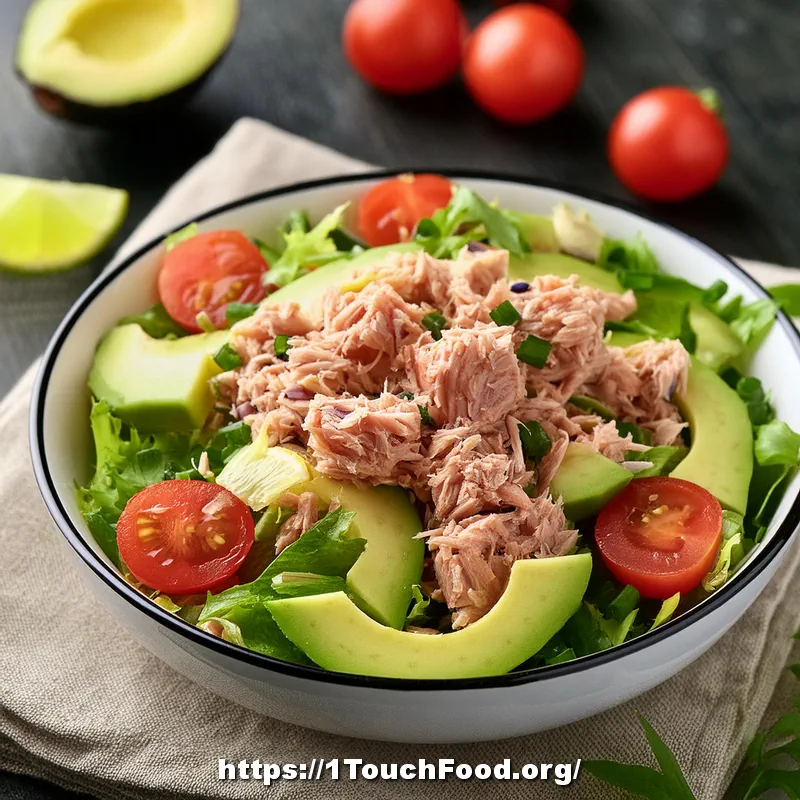
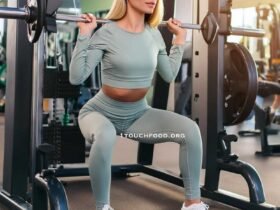


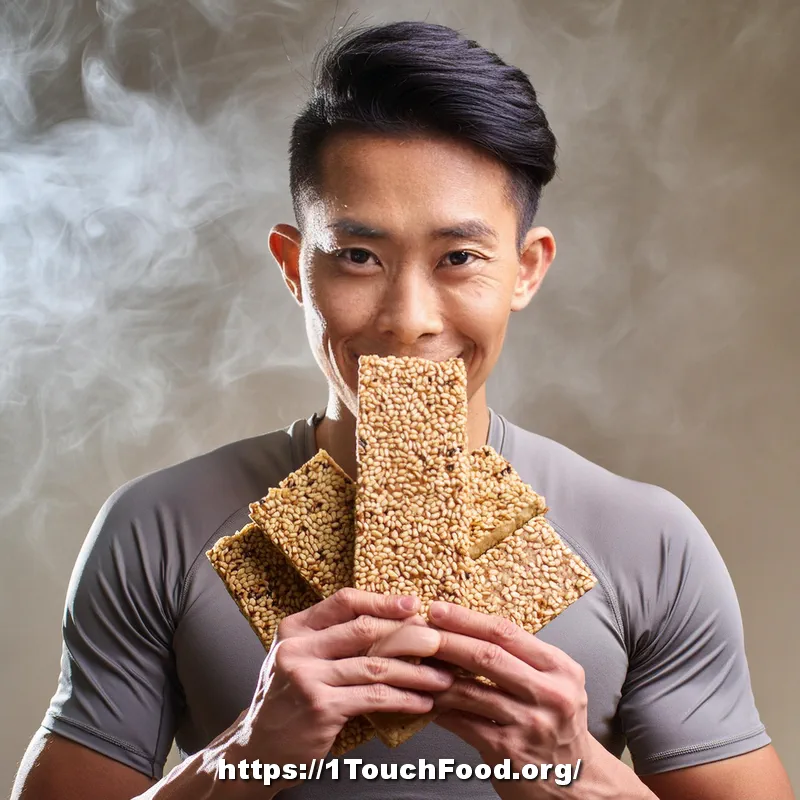
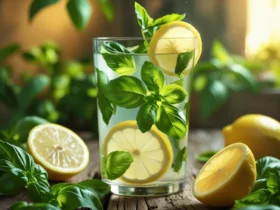

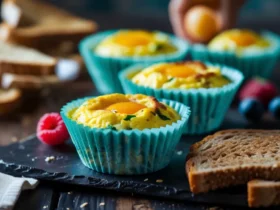


Leave a Reply